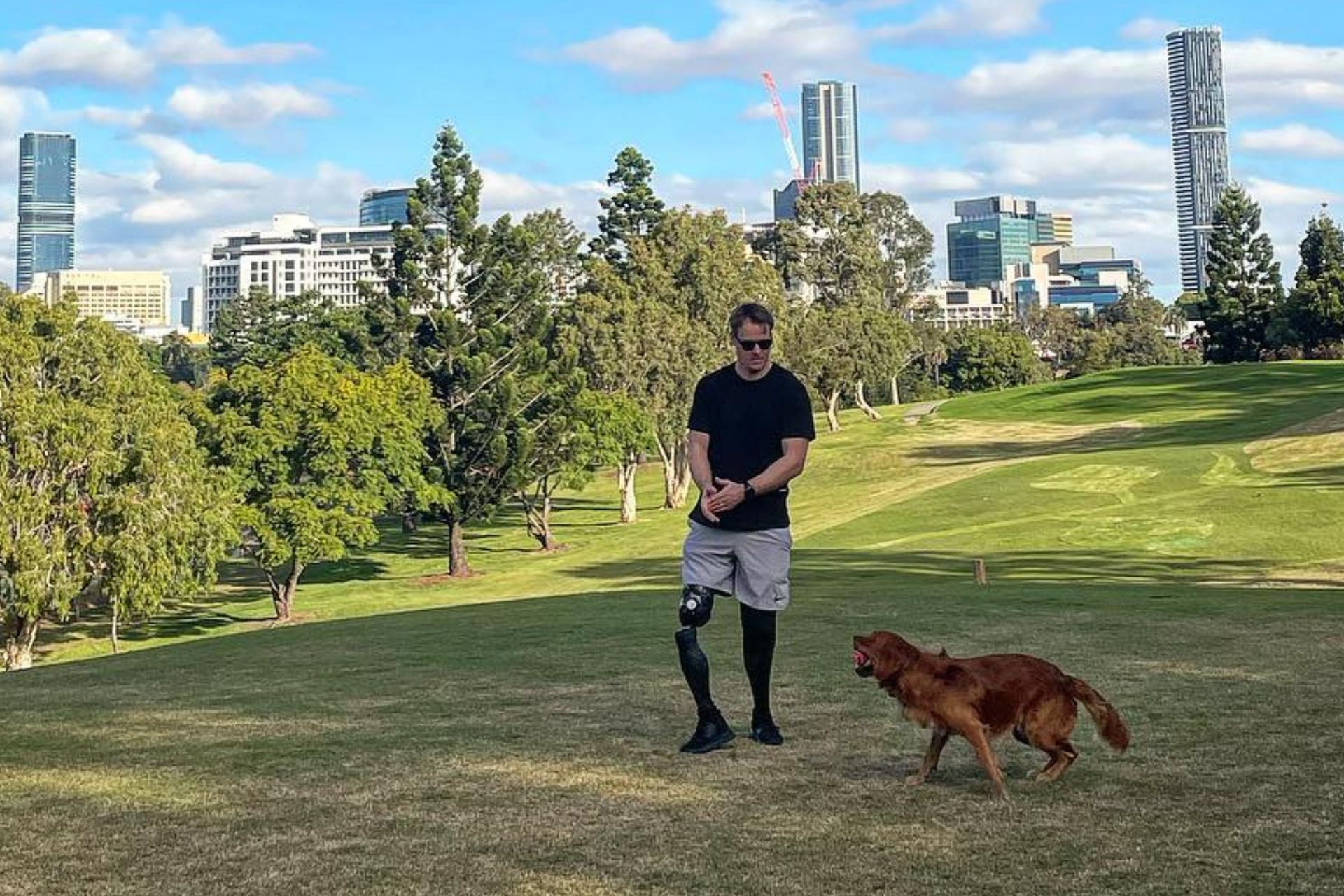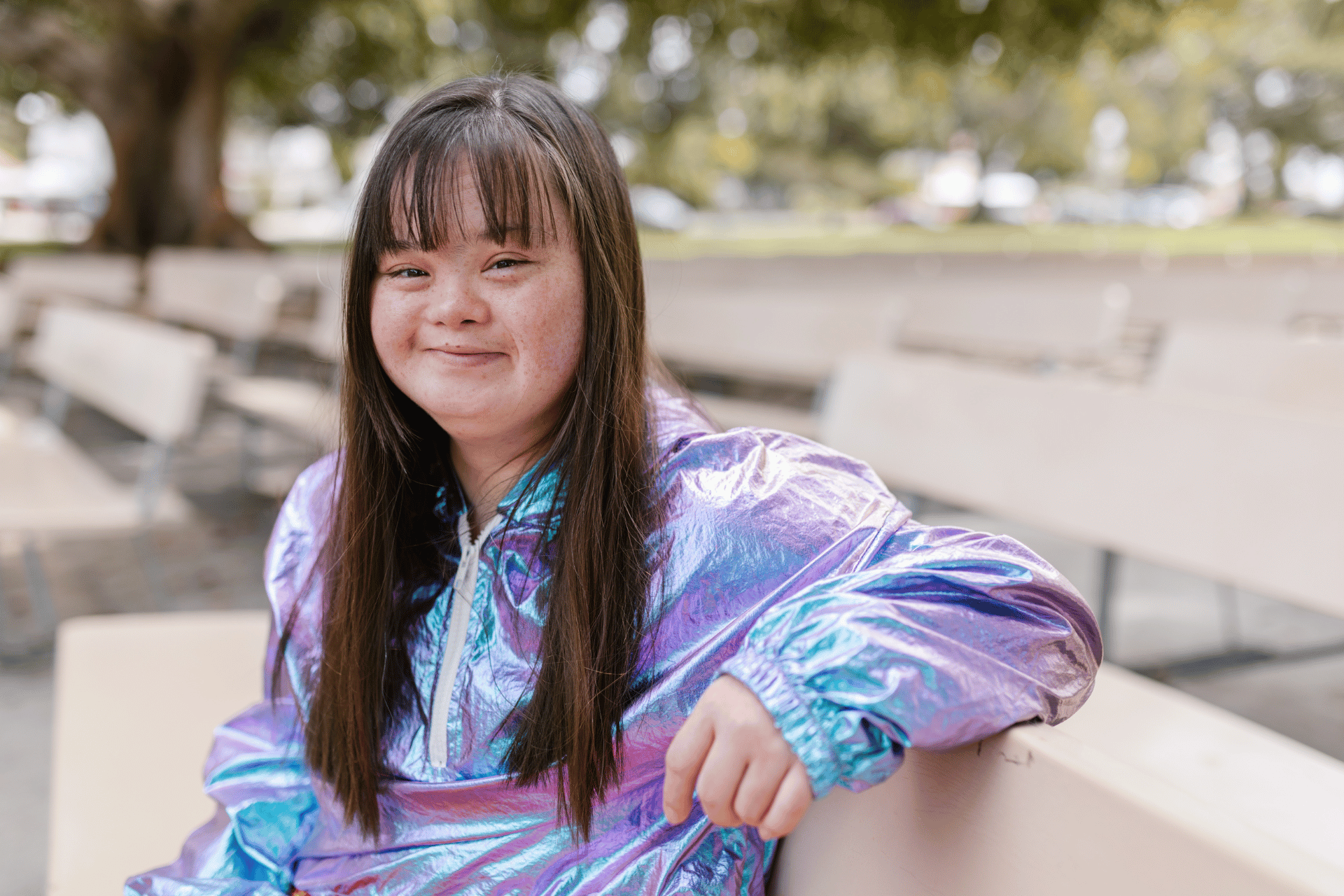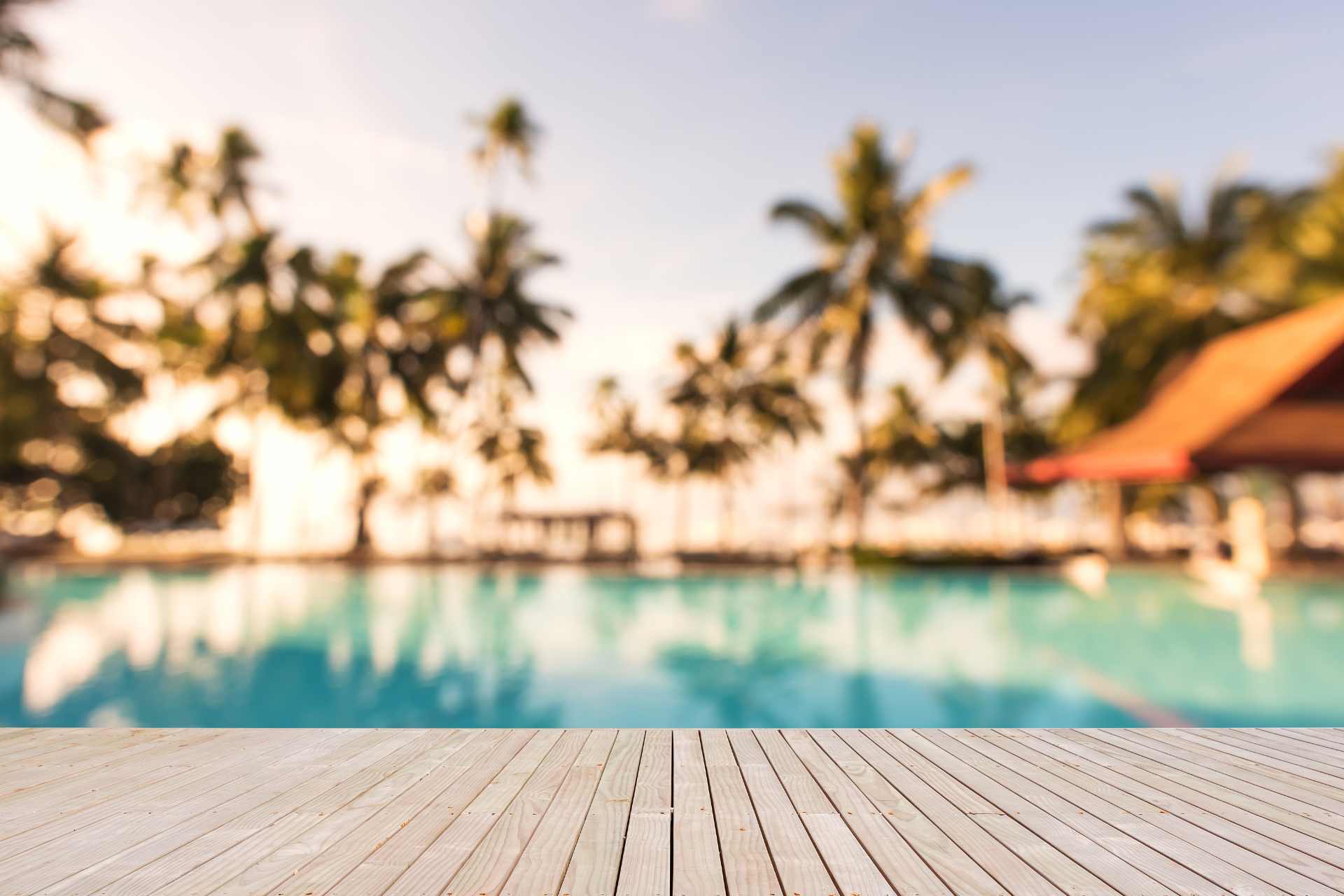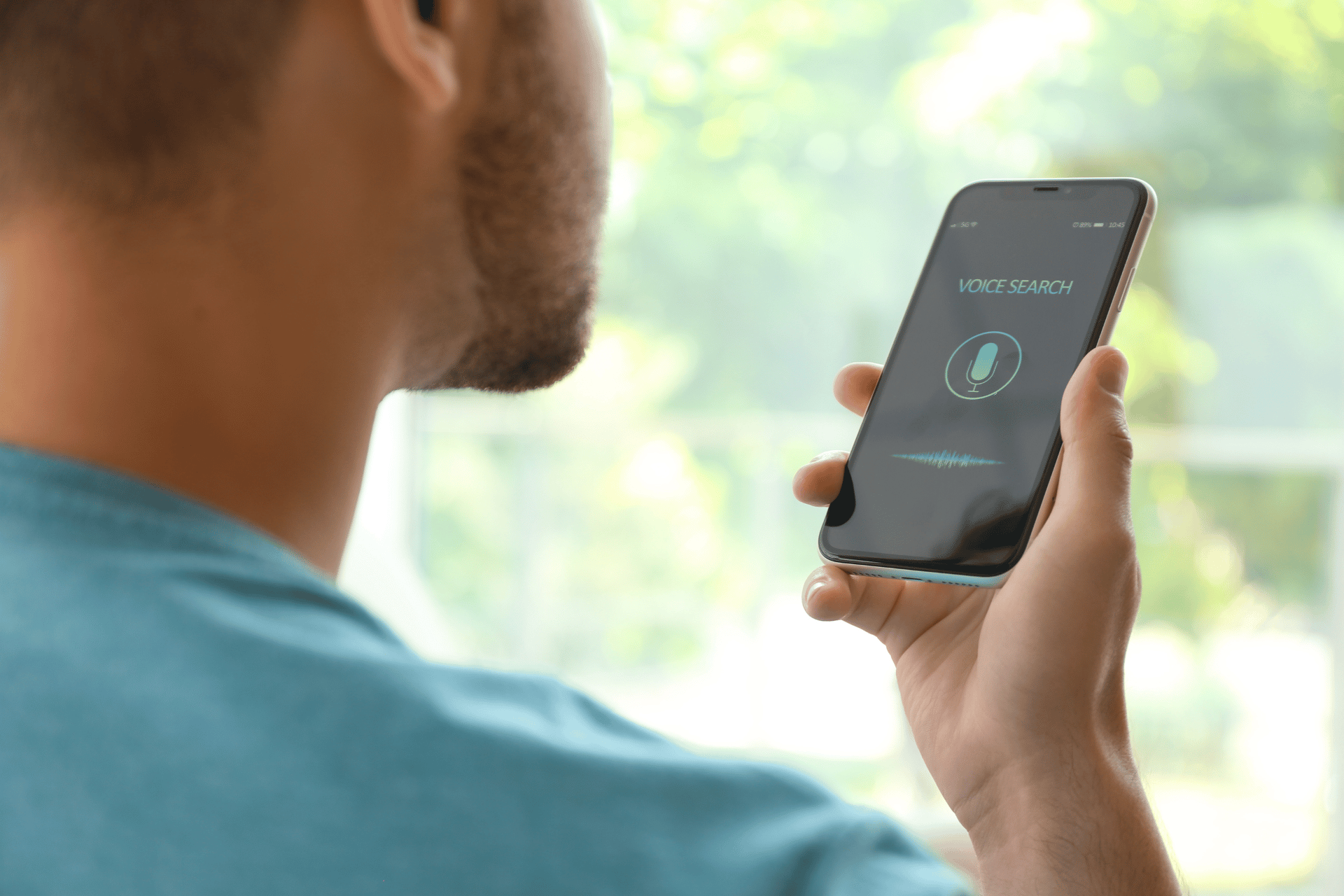Designing Accessible Adventure Travel
Adventure travel often evokes images of extreme sports, but it actually spans a wide array of experiences, from wildlife safaris to cultural events. This diverse spectrum of activities is why ensuring accessibility for travelers of varying abilities is crucial.
Challenging Accessibility Perceptions
Accessibility must become a fundamental consideration in adventure travel, not just a compliance measure or an afterthought. It involves rethinking design choices to create more inclusive experiences.
Understanding Disability Through Design
Author Kat Holmes suggests viewing disability as a result of mismatched interactions between people and their environment, rather than a personal health issue. This perspective shifts the focus from changing the individual to modifying the environment to remove barriers to participation.
Decision Making for Inclusive Experiences
All members of an organization, not just those at the top, contribute to design decisions. By acknowledging that disability is shaped by societal constructs, adventure travel professionals can work towards creating more accessible experiences.
The Growing Market of Accessible Tourism
The demographic of adventure travelers is expanding, including those with disabilities and the aging population. The industry stands to gain significantly by catering to these groups through accessible tourism.
The Flow-On Effect in Design
By designing for those with permanent disabilities, temporary and situational disabilities are also accommodated. This inclusive approach has a broad impact, especially considering that a large portion of adventure travelers fall within the 50-70 age range.
Inclusive Design: Design With, Not For
True inclusive design involves directly engaging with individuals who experience the most significant barriers. Their input is invaluable in creating solutions that are truly accessible.
Recognizing and Addressing Exclusion
Identifying and addressing mismatches in the travel experience is imperative. This involves every member of an organization becoming an advocate for accessible design.
Confronting Fears and Challenges
While aiming for inclusivity, it’s important to understand that mistakes may happen, and inclusivity is an ongoing process. It’s about continuous improvement rather than perfection.
Inclusive design is an ongoing endeavor, much like maintaining one’s health. It requires consistent effort and a willingness to learn and adapt over time.
Conclusion and Further Learning
Inclusion in adventure travel is not a static goal but a continuous journey. Utilizing resources such as Kat Holmes’ inclusive design toolkit can help professionals in the field to practice and improve upon their design decisions, ensuring adventure travel is accessible to all.
For a comprehensive dive into the principles of inclusive design and how they are revolutionizing adventure travel, click here to read the full blog post.







